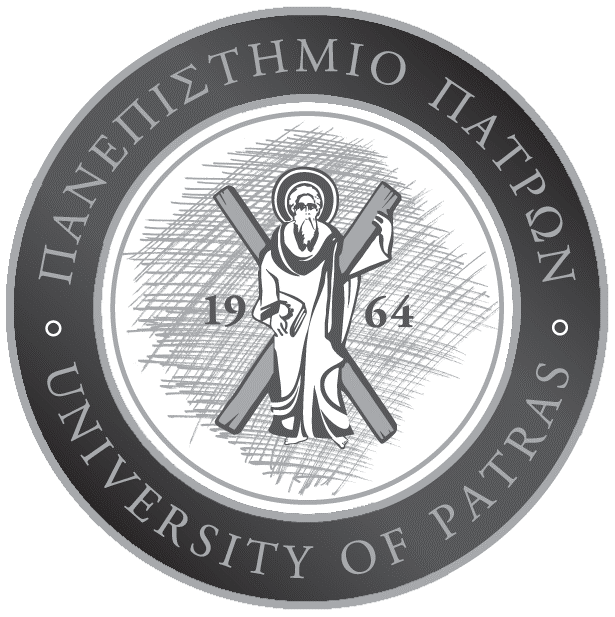Information
| Course Code | EIP221 |
| Semester | 1 |
| Category | Optional |
| ECTS Credits | 7 |
| Eclass |
Professors
Koukiou G.
Proposed Bibliography
- Floyd F. Sabins, Remote Sensing: Principles and Interpretation, 3th ed., 1996
- John A. Richards, Remote Digital Image Analysis: An Introduction, 5th ed., 2013
- John R. Jensn, Introductory Digital Image Processing: A Remote Sensing Perspective, 2nd ed., 1996
- Paul A. Longley, Michael F. Goodchild, David J. Maguire, David W. Rhind, Geographic Information Systems and Science, 1st ed., 2001.
- Course Presentations
Course Description
Information sources on geophysical signals and remote sensing. Physics of the creation of these signals. Properties of the propagation means of the electromagnetic spectrum and pressure waves. Interaction of waves (EM and pressure) with matter.
Remote sensing systems – Basic principles (Radar sources, visible light, infrared light and ultraviolent light). Existing satellite remote sensing means (LAND SATS, SPOT, JERS, SIR, SENTINEL). Main applications (Meteorological – Oceanological – Environmental, Minerals and Oil extraction – Geographical information)
Methods of data fusion into a single representation. Fusion of multispectral, hyperspectral and thermal data into visible light’s images.
Landslide observation techniques using satellite data. Factors that affect landslides and the level of affection. Information fusion methods for the construction of landslide risk maps.
Physical operation of ground penetration radar (GPR). Operation of devices in different modes. Training in GPR signals that are received from the ground.
SAR and InSAR signals. Physical operation of the sensors and image formation mechanisms. Error and artifacts avoidance mechanisms.


